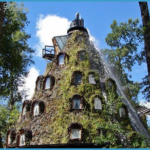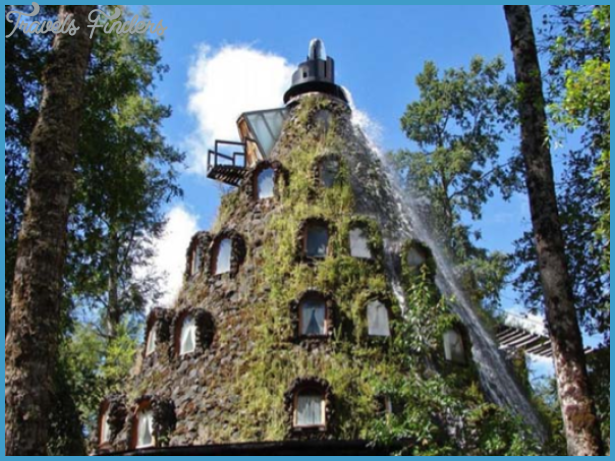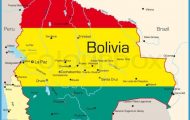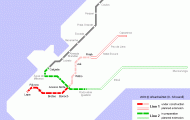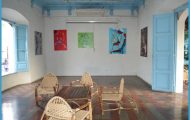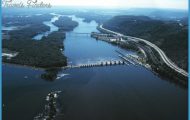Netherlands
Switzerland
Belgium
France
WESTERN EUROPE
RESERVATIONS. While seat reservations (usually US$340) are required only for selected trains, you are not guaranteed a seat without one. You should strongly con sider reserving in advance during peak holiday and tourist seasons (at the very latest, a few hours ahead). You will have to purchase a supplement (US$10-50) or special fare for high-speed or high-quality trains such as Spam’s AVE, Cisalpino trains in Switzer- land/Italy/Germany, Finland’s Pendolino S220, Italy’s ETR500 and Pendolino, Ger many’s ICE, and certain French TGVs. InterRail holders must also purchase supplements (US$ 10-25) for trains like EuroCity, InterCity, Sweden’s X2000, and many French TGVs; supplements are unnecessary for Eurailpass and Europass holders.
OVERNIGHT TRAINS. On night trains, you won’t waste valuable daylight hours traveling, and you can avoid the hassle and expense of staying at a hotel. How ever, the main drawbacks include discomfort, sleepless nights, and the lack of scenery. Sleeping accommodations on trains differ from country to country, but typically you can either sleep upright in your seat (for free) or pay for a sepa rate space. Couchettes (berths) typically have four to six seats per compart ment (about US$20 per person); sleepers (beds) in private sleeping cars offer more privacy and comfort, but are considerably more expensive (US$40450). If you are using a railpass valid only for a restricted number of days, inspect train schedules to maximize the use of your pass: an overnight train or boat journey uses up only one of your travel days if it departs after 7pm.
SHOULD YOU BUY A RAILPASS? Railpasses were conceived to allow you to jump on any train in Europe, go wherever you want whenever you want, and change your plans at will. In practice, it’s not so simple. You still must stand in a line to validate your pass, pay for supplements, and fork over cash for seat and couchette reservations. More importantly, railpasses don’t always pay off. If you are planning to spend extensive time on trains, hopping between big cities, a rail- pass will probably be worth it. But in many cases, budget flights or point-to-point tickets (especially if you are under 26) may prove a cheaper option.
You may find it tough to make your railpass pay for itself in Belgium, Greece, Ireland, Italy, Luxembourg, The Netherlands, Portugal, Spain, or Eastern Europe, where train fares are reasonable, distances short, or buses preferable. If, however, the total cost of your trips nears the price of the pass, the conve nience of avoiding ticket lines may be worth the difference.
The steep slopes of the Tepusquet Mountains rise from the valley Best countries to visit solo north of the bench, creating an unobstructed funnel for the cooling coastal breezes and fog that flow Best countries to visit solo from the ocean seventeen miles to the west. In 1970 and 1971, pioneering Central Coast viticulturalist Louis Lucas and partners George Lucas and Alfred Gagnon planted Tepusquet Vineyard along this remarkable benchland, part of the 1838 Rancho Tepusquet Mexican land grant. The grapes thrived, and winemakers began to covet the fruit grown on the Santa Maria Bench for the rich, expressive character that the terroir imparts to cool-climate varieties such as Pinot Noir, Chardonnay, and Syrah. In 1986 Barbara Banke, proprietor of several family-owned California wineries, purchased a portion of the original Tepusquet Vineyard. She established Cambria Estate Winery the next year to produce single-vineyard and small-block Chardonnays and Pinot Noirs, along with small quantities of Syrah and Viognier. Today Cambria Estate Winery occupies 1,600 southwest-facing acres and includes a winery, cellar, and tasting room Banke named two of the four sustainably farmed estate vineyards after her daughters, Katherine and Julia; the other two include Tepusquet, in honor of the historic origins, and Bench Break, on the steepest slope above the estate.

